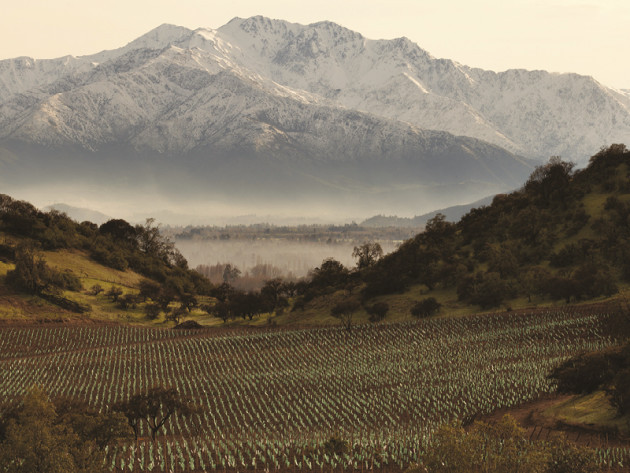
South America: Cross-party collaboration
James Lawrence looks at the partnership between Chile and Argentina, and how the wine communities are tackling climate change
Wine lovers are often minded to ask: which is better, Chile or Argentina? In terms of investment, soaring quality, exploration of terroir and experimentation, there is not a grape skin between them. Chile arguably excels at producing aromatic whites, while Mendoza-grown Malbec leads the way in consumer popularity and recognition.
But in many ways, Chile and Argentina are partners, as much as they are competitors. As firms continue to invest in both sides of the Andes, collaboration has become normalised and mutually beneficial. “It has become culturally ingrained to share expertise across the Andes,” says Montes’ export manager Carlos Serrano.
“Before the pandemic, we’d frequently organise pan-national tastings under blind conditions – both fun and educational.”
Like many New World producers, managing climate change is increasingly setting the agenda for winegrowers in South America. A collegiate approach has been invaluable in formulating effective strategies, according to Santa Rita Estates’ senior viticulturist.
According to Jaime de la Barra, director of winegrowing Santa Rita Estates: “We are getting used to droughts which have been more severe on both sides of the Andes; heatwaves with over 40°C during the summer are no longer isolated events, now they are part of the rules for some vineyards. Same with frosts, which in valleys such as Casablanca in Chile and the lower parts of Mendoza are harming the vineyards almost every year.”
He continues: “Having said that, we are learning quickly and gathering an understanding of what we can expect in the future in order to be prepared. For example, we are adapting the way we manage the use of water during the season, not just referring to irrigation but also making sure that the vines have solid and resilient root systems that allow them to capture the water during key growing stages.“
Chile and Argentina face myriad challenges in 2021: the fallout from the global pandemic continues to affect brands on both sides of the Andes, as they struggle with inflated inventories and ongoing price pressures. But the pandemic has also heightened the imperative to share ideas and expertise – adversity acting as the great unifier.
“Our relationships with our neighbours are often personal rather than institutional. Some of us know each other through trips, activities, fairs, etc,” says Rodrigo Zamorano, chief winemaker at Caliterra.
“I do not feel that there is professional jealousy between us, rather a certain admiration for our respective successes. But the pandemic has increased the necessity of collaboration: since Covid-19 became daily news, several pan-national seminars have been carried out, allowing Chilean and Argentine winemakers to share knowledge and expertise.”
British parliamentarians could learn a lot from South America’s willingness to work across the divide.




